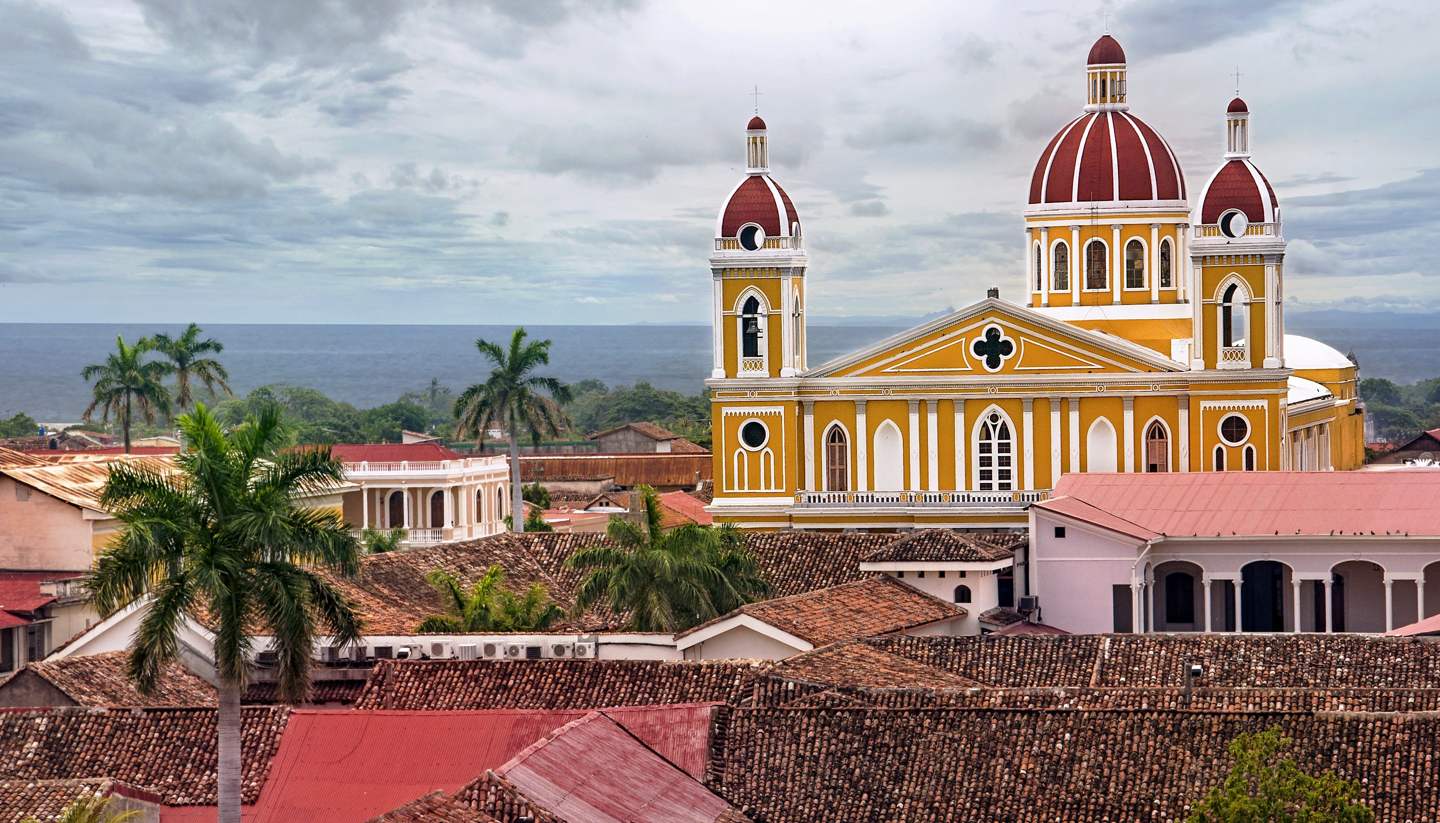Nicaragua History, Language and Culture
History of Nicaragua
Ruthless dictators, oppression and natural disasters have characterised Nicaragua’s fascinating though troubled history.
Originally, the country was occupied by migrating ethnic groups from Central and South America before Christopher Columbus invaded and explored the eastern coast in 1502. Arriving in 1522 and first led by Gil González Dávila, the Spanish then took control and stayed for around 300 years, enslaving the indigenous population, building the cities of Granada and León and fending off attacks from Dutch, French and British pirates. Conflict in Europe gradually weakened Spain’s hold over the New World and Nicaragua finally became independent in September 1821, becoming a fully independent republic in 1838.
In 1909, the United States began to exert its power over the fledgling nation, opening military bases over the coming years to steer an election in its favour. But Augusto Sandino – who later gave his name to the Sandinistas – launched a guerrilla campaign that forced them out by 1933.
However, a new internal power stood in their way: the paramilitary National Guard led by General Anastasio Somoza García. In 1934, he ordered the arrest and execution of Sandino and his senior commanders. Two years later he became president and established a brutal and corrupt dictatorship that lasted for almost half a century.
When Somoza García was assassinated in 1956, his sons Luis and Anastasio took over. In the early 1960s, the Marxist Frente Sandinista de Liberación Nacional (FSLN), or Sandinistas, formed but soon disbanded. A turning point came in 1972, when an earthquake in Managua killed around 10,000 people and left over 250,000 homeless. The government siphoned off much of the international relief money and opposition to them began to grow amongst all social classes.
The Sandinistas regrouped and, after a short but bloody conflict, the government was overturned in 1979. They then began a programme of agrarian reform that gave land back to those living in poverty, nationalised industry and set up health and literacy programmes.
But peace was short-lived. In 1981, the United States set about toppling the Sandinistas, with Ronald Reagan’s anti-communist campaign funding the Contra guerrilla forces. The Sandinistas lost popularity during the Contra war, but Daniel Ortega survived as leader and, after losing the 1990, 1996 and 2001 elections, he was re-elected in 2006 and, controversially, again in 2011 and is still in power today.
Did you know?
• Nicaraguans sometimes call themselves “pinoleros”, after the soft drink, pinol, which is popular throughout the country.
• Gil González Dávila named Nicaragua after a local native chief, Nicarao.
• US president Franklin D. Roosevelt once said of ruthless dictator Anastasio Somoza: “He may be a son of a bitch, but he’s our son of a bitch.”
Nicaragua Culture
Religion in Nicaragua
73% Roman Catholic; 15% Evangelical; 12% other.
Social Conventions in Nicaragua
Nicaraguans greet each other with a handshake, or for someone you know well, a kiss on the cheek and a hug. Casual dress is fine in most situations, although some formality will be expected in business situations. Punctuality is not a strong suit of Nicaragua, and it’s not unusual for people to turn up 20-40 minutes late for a meeting, usually due to the nature of travel and traffic here. If invited to someone’s home, it is customary and polite to give the host a small gift. If offered something to eat, try to accept or at least try it; refusal may cause some offence.
Whilst travelling around Nicaragua, be prepared to be stared at, especially if visiting more rural areas – this is more out of curiosity than anything else. The same goes for conversations; while you may get a few very blunt questions, it is generally not out of rudeness.
Photography: Avoid photographing military sites or personnel.
Language in Nicaragua
Spanish is the official language. Along the Mosquito Coast (Costa de Mosquito), there are communities that speak an English-based creole language in which African or mixed African and indigenous peoples predominate.


